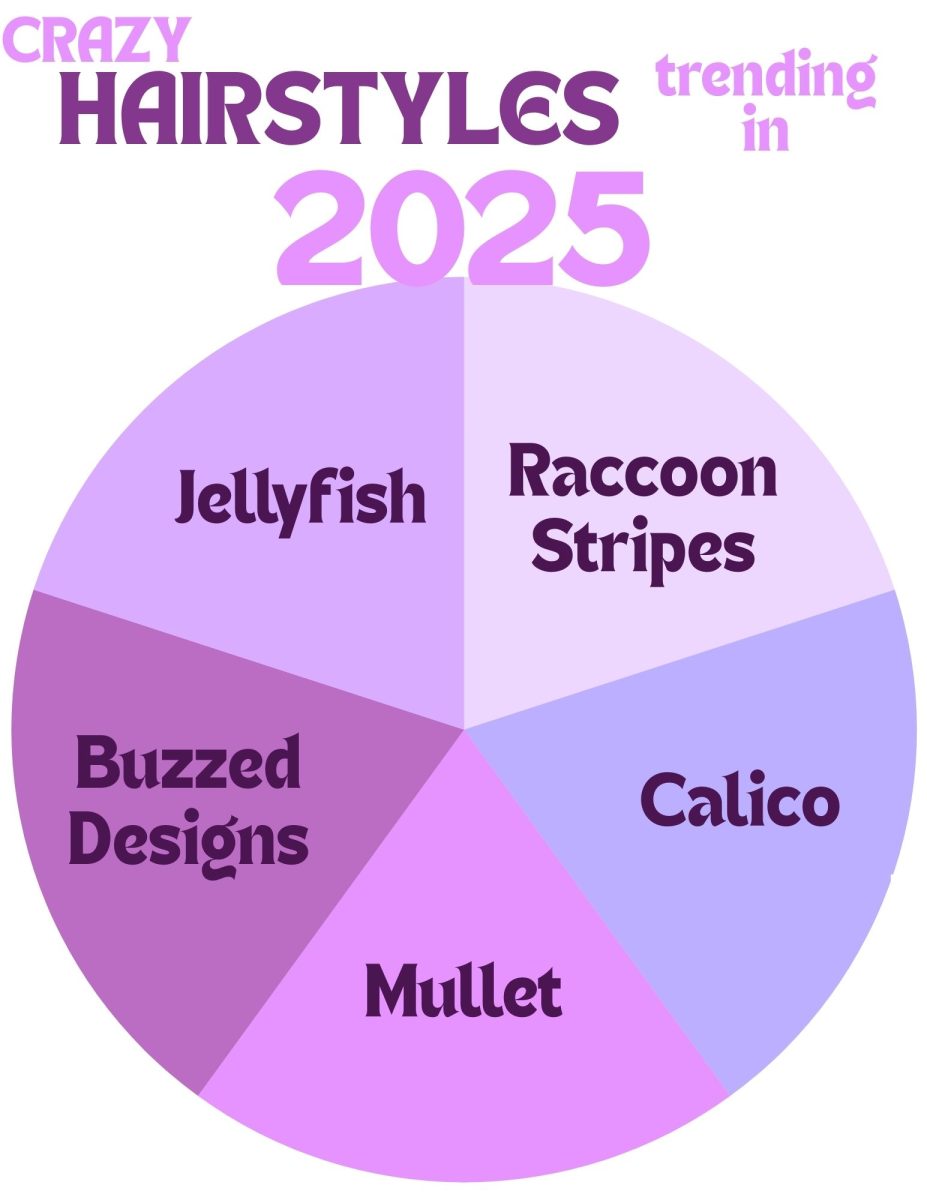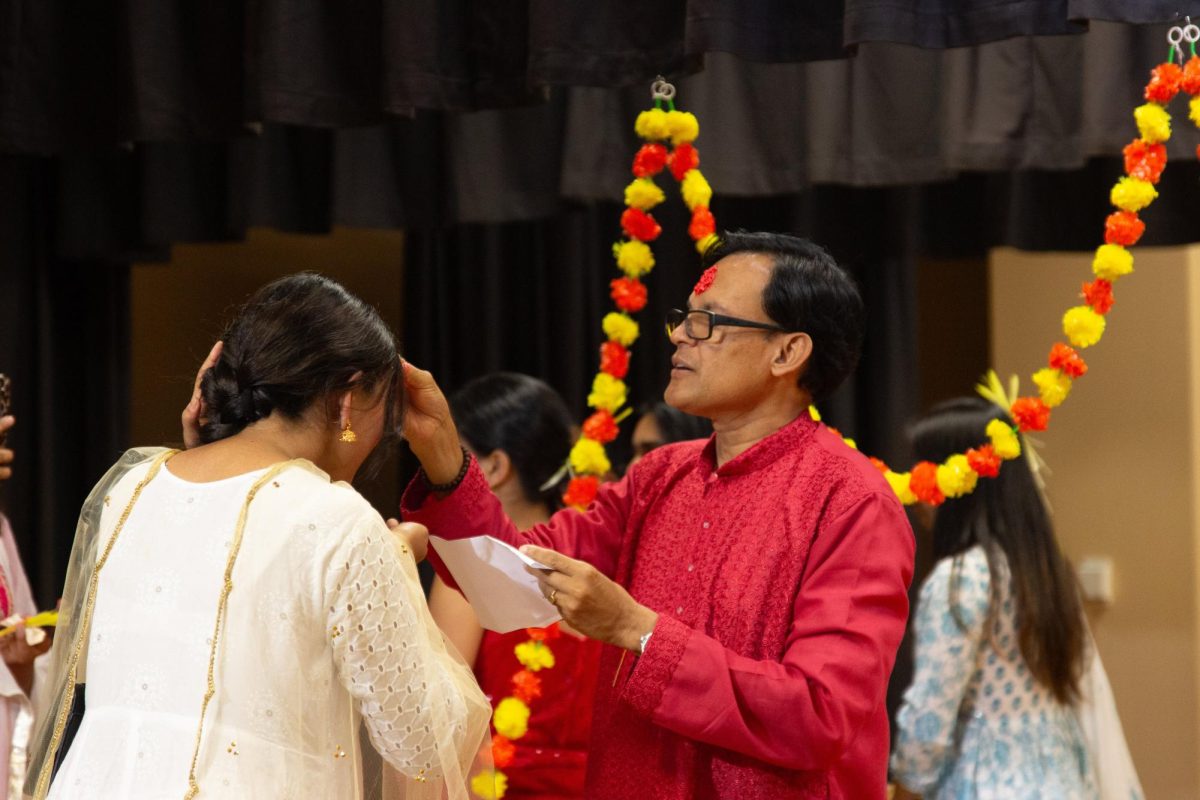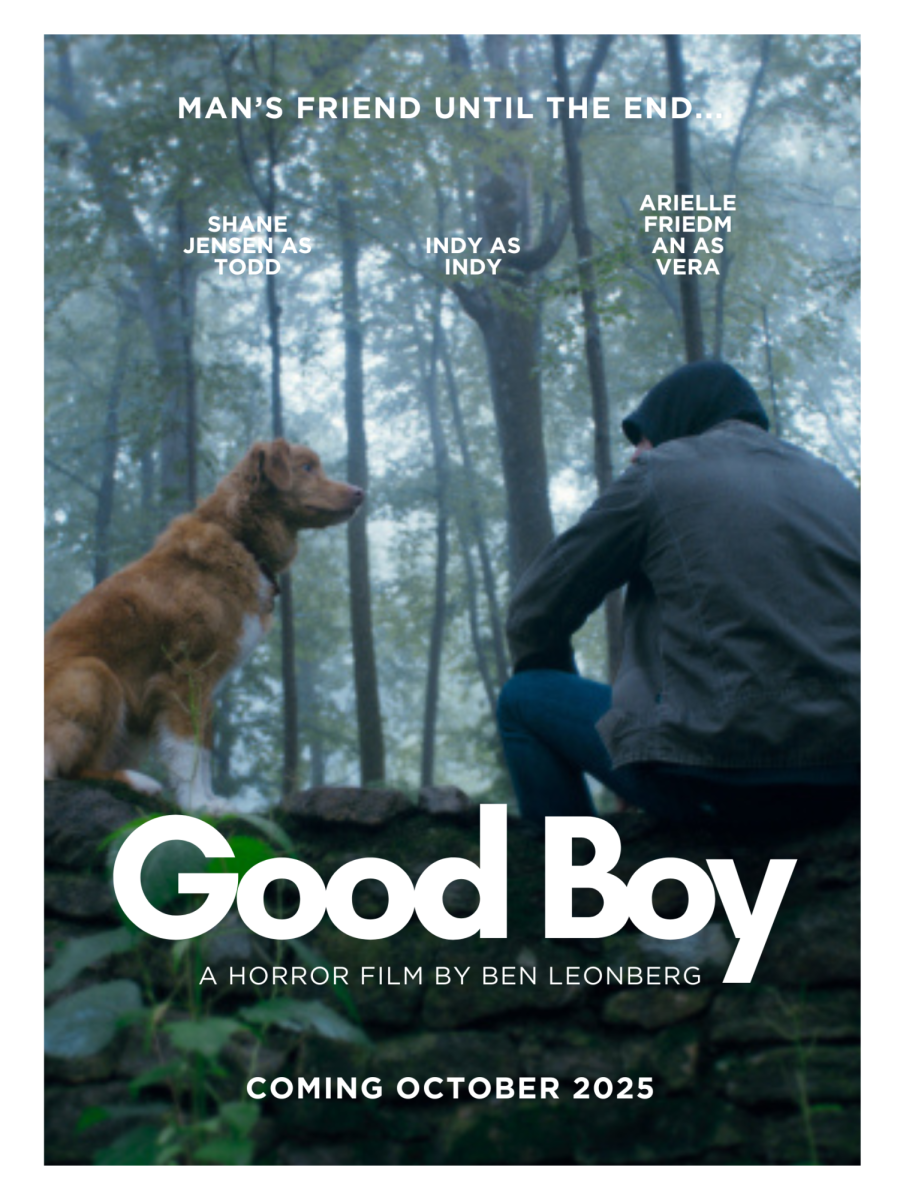Over the decades, rebellious hairstyles have defined their eras. The 1980s roared with mohawks, while the early 2000s slouched under emo fringes. Billie Eilish’s jellyfish cut recently sparked a debate: Do this decade’s hairstyles embrace playful creativity or cross into questionable taste?
Jellyfish:
This surreal style surged in popularity thanks to celebrities such as Eilish and Miley Cyrus. Inspired by the traditional Japanese hime cut with its cheek-length sidelocks and blunt fringe, the jellyfish merges a bob with a mullet. The top section frames the face with short, sharp layers similar to a bob, while the bottom section cascades into long, flowing strands.
Although flattering to most hair types and face shapes, this cut comes with lengthy styling and awkward transitional phases. Ultimately, the look is quirky when well-styled but high-risk when left natural.
Raccoon Stripes:
Once considered a craze of the early 2000s scene subculture, raccoon stripes made their comeback thanks to Generation Z’s nostalgia. The look features dramatic face-framing sections, typically black and blonde, mimicking a raccoon’s distinctive mask. Modern iterations often swap traditional colors for vibrant pinks or reds.
This bold style demands frequent bleaching to maintain its sharp, colorful contrast, which can severely damage hair over time. While it suits most hair types and delivers an undeniable edge, the maintenance is costly and taxing. Still, the striking results justify the effort.
Calico:
When Cyrus debuted her jellyfish cut, she paired it with another rising trend: calico hair coloring. This innovative dye technique replicates the beautiful patchwork of a calico’s coat through strategic placement of black, orange and cream tones. Stylists create the effect by sectioning hair and applying a carefully blended mix of dark and warm hues.
The style’s greatest strength is its versatility and ability to work on any hair type or texture. However, that freedom comes with a price: Maintaining the vibrant, bleed-free colors requires frequent salon visits and meticulous at-home care. Those tempted by this playful look should prepare to invest significant time and money.
Mullet:
This polarizing cut has ancient roots, worn by warriors from the Aztecs to the Vikings. Icons such as David Bowie and Dolly Parton later claimed this style. After peaking in the ‘70s and ‘80s, the mullet stormed back into fashion with contemporary twists ranging from punk shag to sleek “mullet-adjacent” hybrids. The classic formula–cropped front and flowy back–offers surprising versatility while challenging conventional style norms.
Though trendy, this ‘business in the front, party in the back’ look is not boardroom friendly. Growing it out? Brace yourself for awkward phases and limp, lifeless ends that demand constant styling. While a few bold stars can rock it, the mullet is a fad best left in the ‘70s.
Buzzed Designs:
The invention of manual hair clippers “buzzed” the way for a style steeped in cultural significance: the buzz cut. While it dominated men’s fashion in the ‘50s, its legacy continued with celebrities such as Halsey sporting it decades later. Modern versions feature intricate dyed designs, from delicate florals to bold animal prints, transforming the scalp into a living canvas.
While free of bad hair days, it demands weekly trims to keep designs sharp, and you cannot hide a botched dye job. Completely wash-and-go yet undeniably bold, the buzzed look remains the ultimate low-effort but high-impact style for those ready for a change.
Are these styles innovative or just questionable? The answer is both. Like Eilish’s jellyfish haircut, today’s trends thrive on polarizing appeal; they are not meant to be universally flattering. As for “bad” hair—that opinion may stem from personal preference. In an era when self-expression tops conformity, the real question is: Why shouldn’t hair look like a jellyfish?





